
Do neurons transmit light?
Rochester researchers aim to determine if neurons can transport light like fiber-optic communications channels.

How artificial general intelligence could learn like a human
Computer scientist Christopher Kanan discusses AI, large language models, and the responsible use of artificial general intelligence.
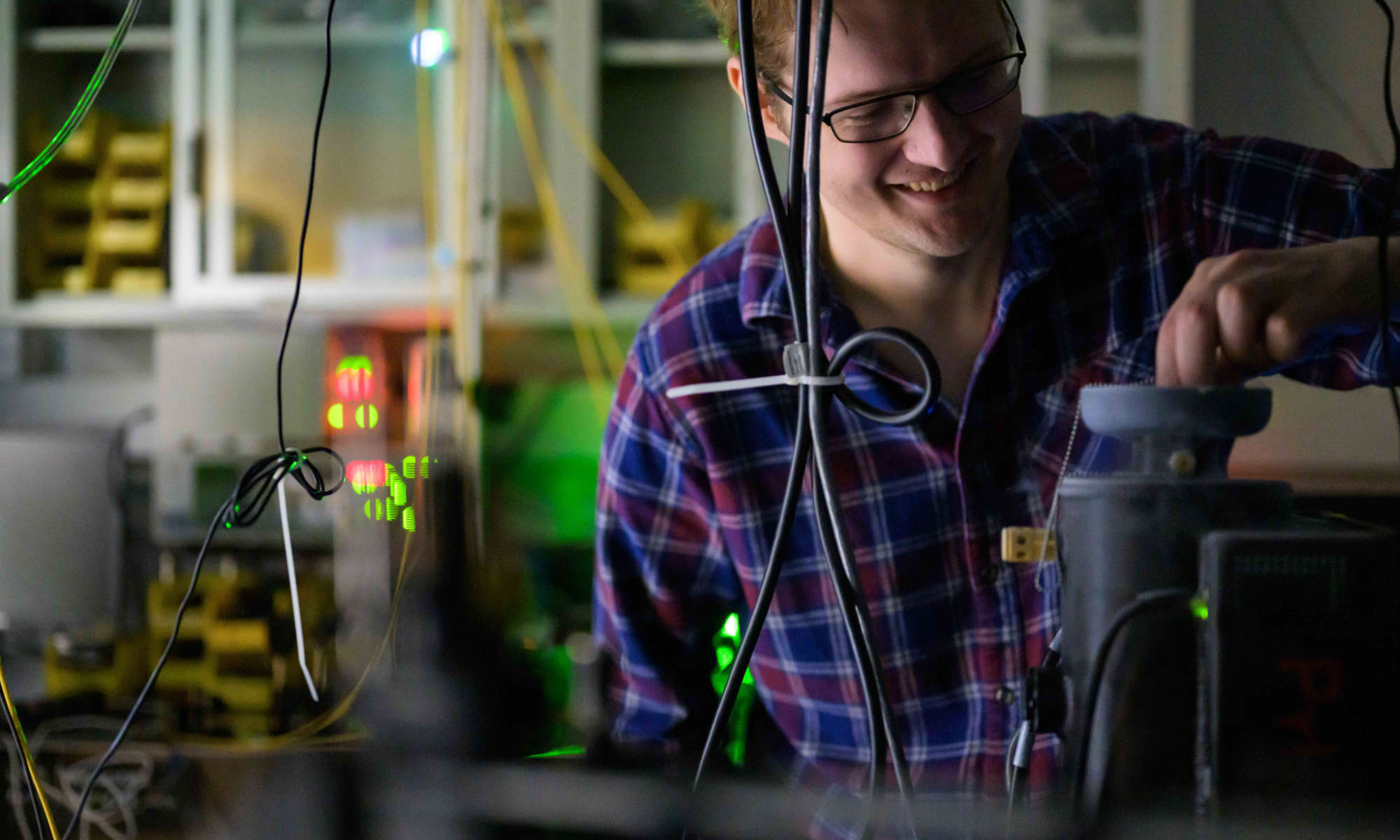
Twisting atomically thin materials could advance quantum computers
Placing two layers of special 2D materials together and turning them at large angles creates artificial atoms with intriguing optical properties.
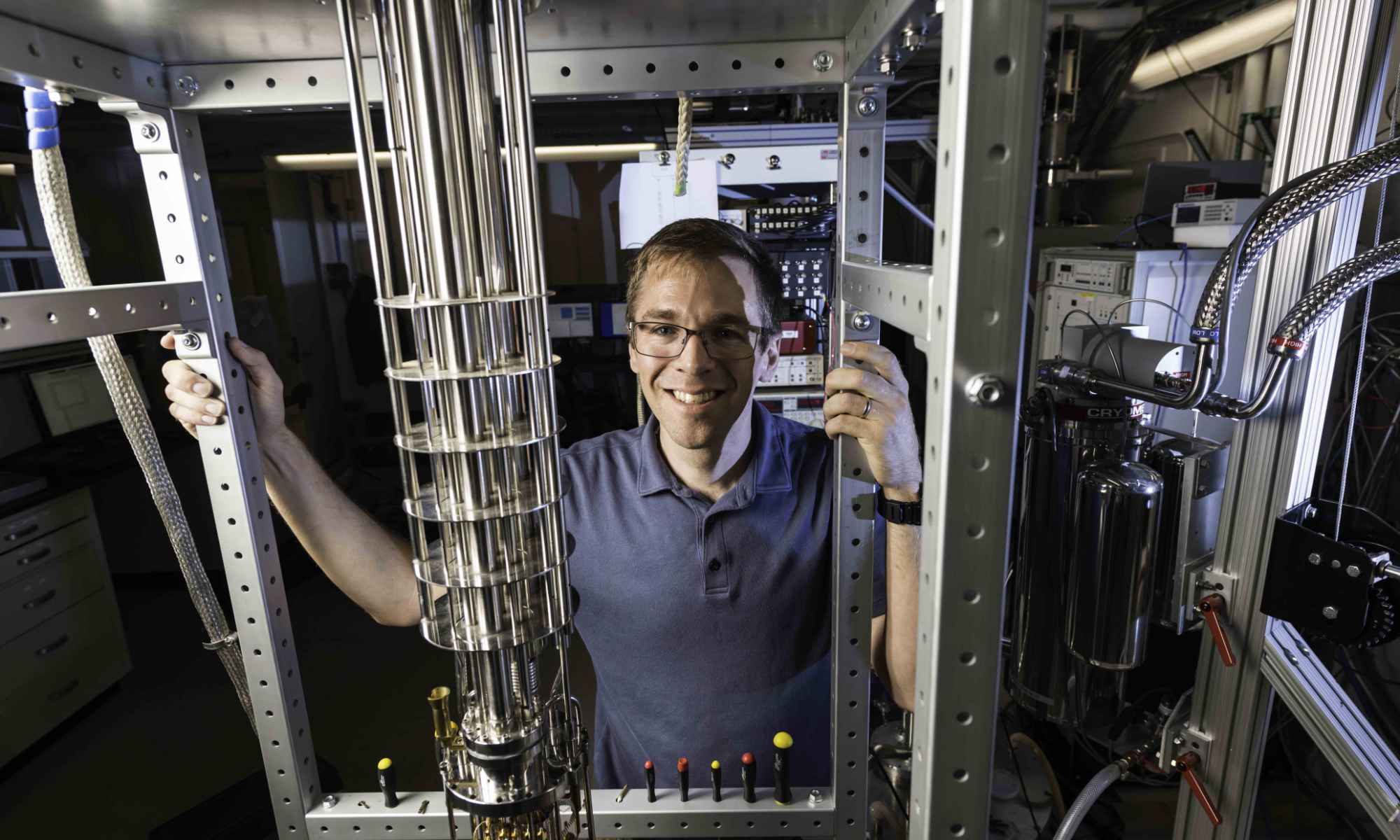
Scientists directly prove the existence of a nuclear-spin dark state
Confirmation of this elusive state in quantum systems could lead to more efficient quantum devices.

New technology could quash QR code phishing attacks
The improved QR code format would let smartphone users know if they’re heading to a secure website—or wading into a potential ‘quishing’ scam.
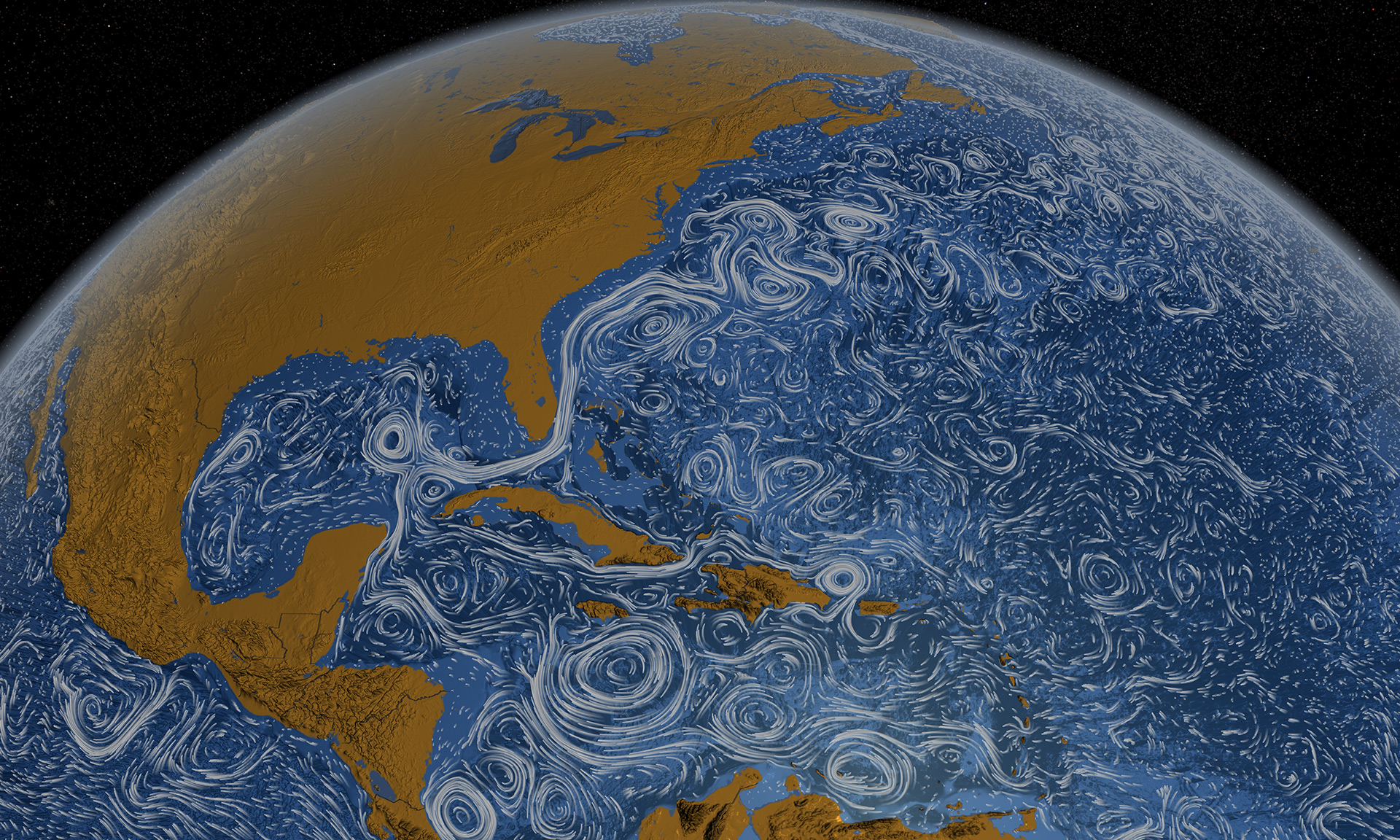
How does the atmosphere affect ocean weather?
A new Rochester study upends previous assumptions about how surface winds and ocean weather patterns interact.
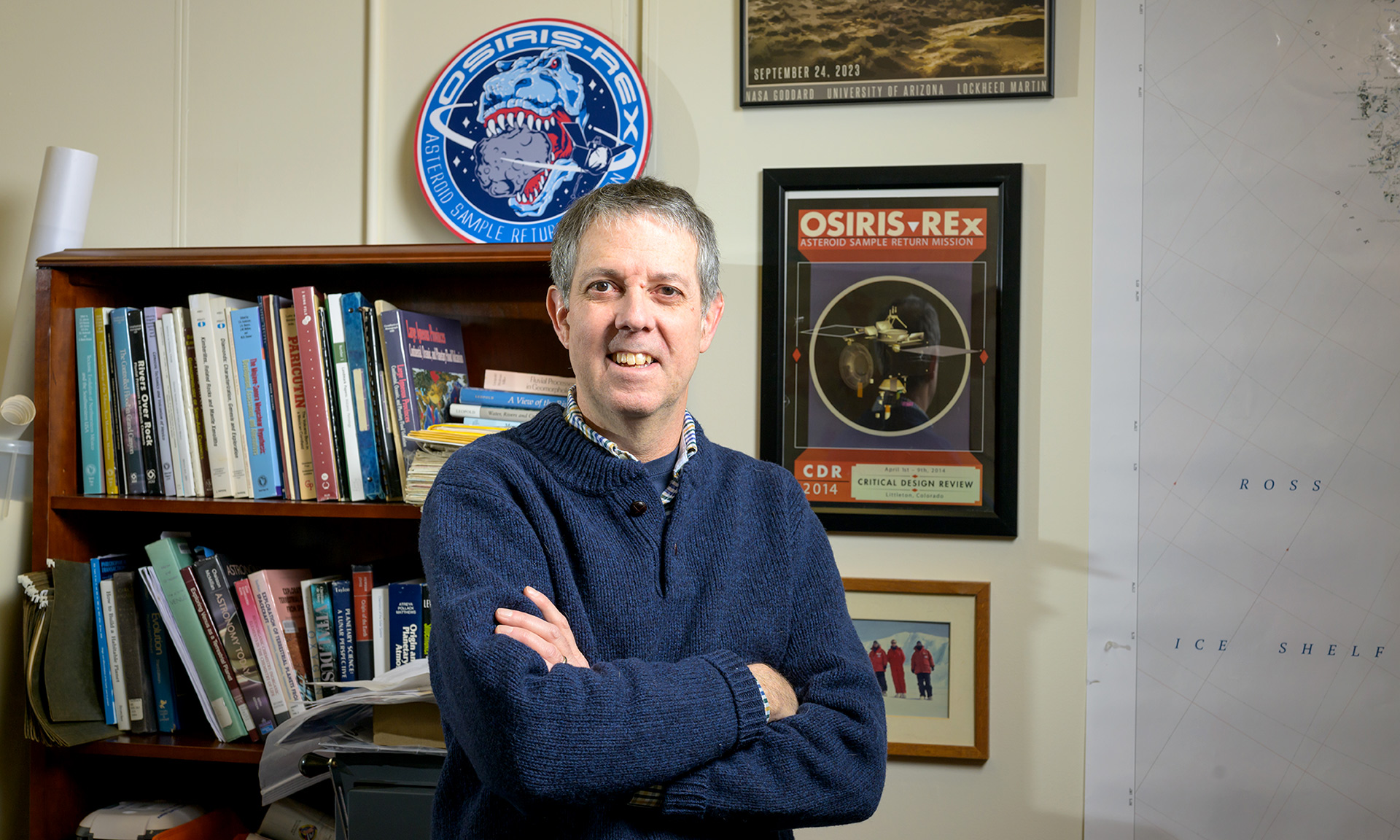
Rochester’s Kevin Righter kept NASA space rocks free from contamination
Precise curation was necessary to discover that the Bennu asteroid sample contains building blocks of life on Earth.
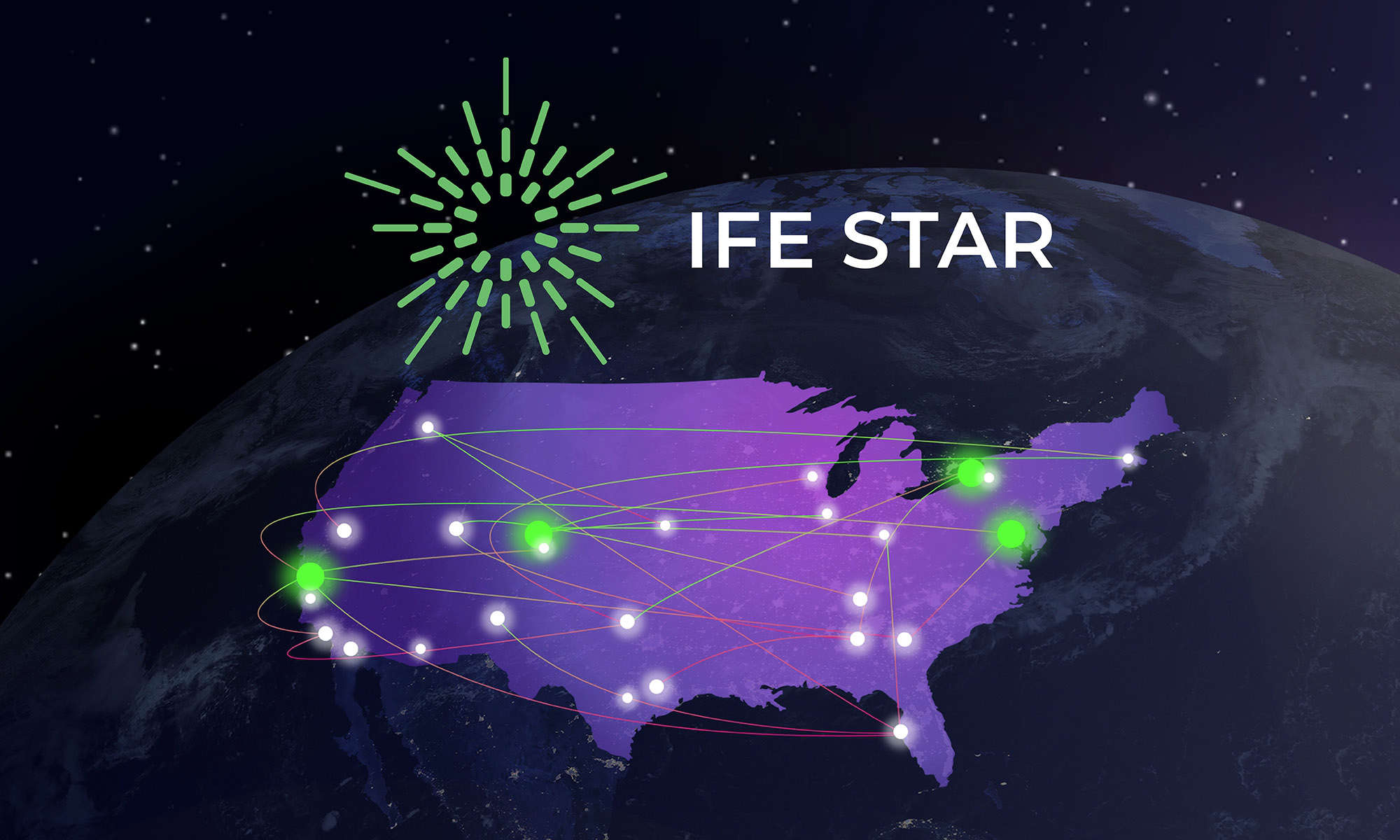
Laboratory for Laser Energetics launches IFE-STAR ecosystem, workforce development initiatives
An inaugural annual conference and summer student programs will foster partnerships among academia, national labs, and the private sector.

How does the brain cut through noise to understand speech?
Rochester researchers investigate how visual cues enhance the brain’s ability to understand speech in noisy environments.

How Neanderthal DNA influenced human survival
New research provides an updated timeline of human-Neanderthal interactions, revealing patterns in the genetic legacy of this ancient exchange.
